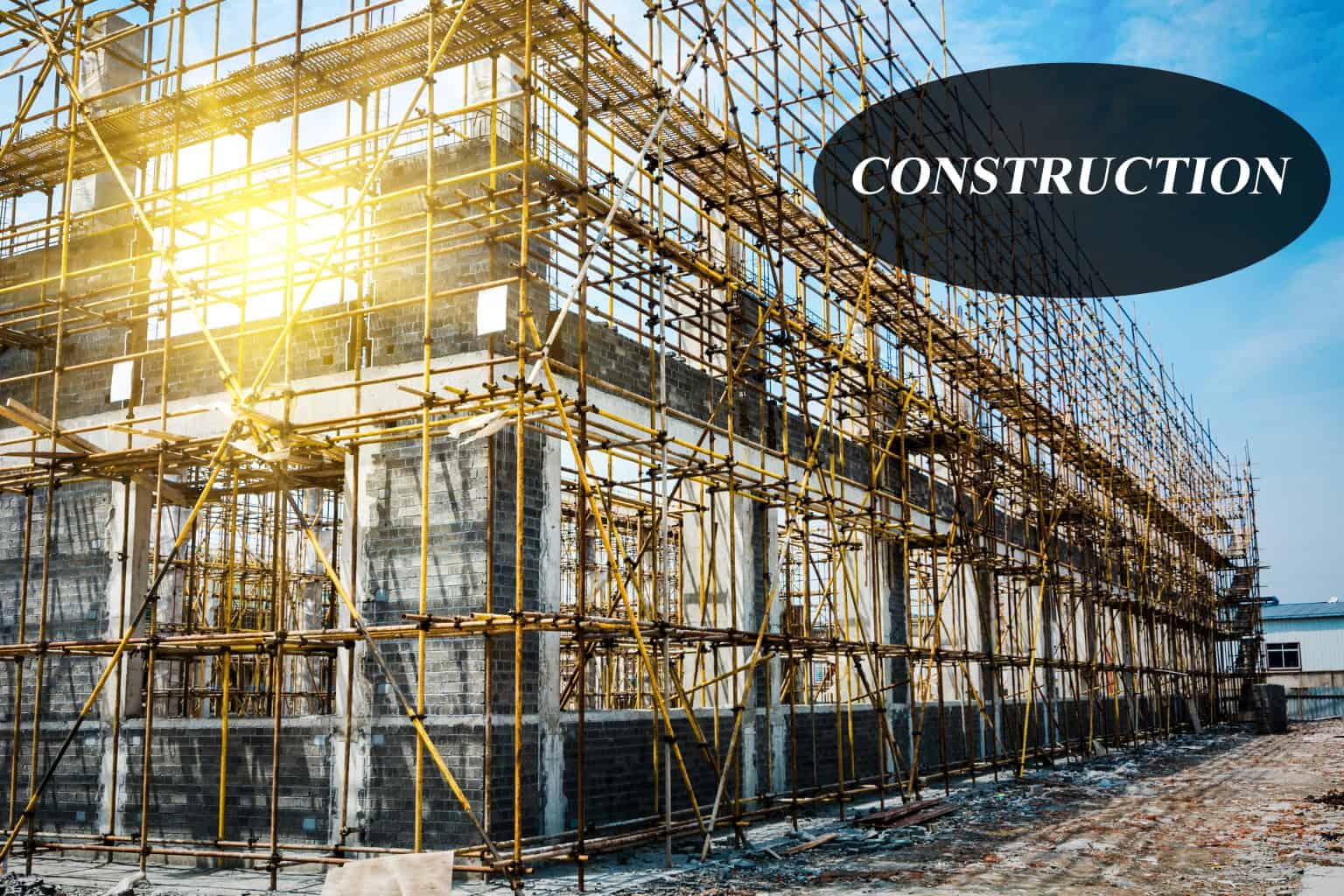and other structures (known as civil engineering works) are safe and fit for purpose. To avoid any inefficiency that could result in poor quality of products and service being delivered to the customer. Updated on a regular basis to account for climate, demographic and social changes, ISO’s standards for construction are developed with input from all stakeholders involved, including architects, designers, engineers, contractors, owners, product manufacturers, regulators, policy makers and consumers.
ISO standards help to make the construction industry more effective and efficient by establishing internationally agreed design and manufacturing specifications and processes. They cover virtually every part and process of the construction project, from the soil it stands on to the roof. ISO standards also provide a platform for new technologies and innovations that help the industry respond to local and global challenges related to demographic evolution, natural disasters, climate change and more.
Regulators can rely on best-practice test methods, processes and harmonized terminology that are constantly reviewed and improved, as a technical basis for regulation and policy related to construction.
ISO standards give consumers confidence in the construction industry, providing reassurance that buildings and related structures such as bridges are built to internationally agreed safety and quality standards. These help ensure that the buildings people live, work and study in are safe, comfortable and function as intended.
There are special features in the construction industry that limit the implementation of the ISO 9000 standard. The following are some of these features:
- A construction project is usually a unique collection of people, equipment, and materials brought together at a unique location under unique weather conditions, while most manufacturing is a system of mass production wherein all of these factors are consistent with producing typical products over and over again.
- Performance testing in construction is generally not feasible as a basis for acceptance.
- It is common to have separate contracts for design and construction.
- It is not feasible to reject the whole constructed project after completion while attached to the purchaser’s land.
- Decisions to reject a defective part of a constructed project need to be taken promptly before succeeding parts are constructed or installed.
- The number of parties involved in the constructed project’s procurement are more than those involved in manufacturing procurement. Achieving quality construction requires effort from all parties.
- This makes the interface and responsibilities of the various individuals and organizations more complicated than in manufacturing.
- The organizational structure of a construction company varies depending on the nature of the project, while the same structure in a manufacturing company is almost unchanging. This affects the smoothness of communication and interface between the responsible individuals.
- Turnover of manpower in construction is higher than in manufacturing, which affecting the precision of long-term plans.
- Construction projects are very complicated and their execution may take years.
To maintain the sustainable development of the Construction industry, the system requirements are necessary those are in compliance to various National and International Standards. Various Ardent’s scheme relates to design, develop, produce, install and service the Construction related structures such as bridges, Building, raw materials used in construction, building products, such as doors and windows, wood-based panels, floor coverings, ceramic tiles and plastic pipes and fittings etc.
The effects will also be visible in the profit. And it was observed that implementing ISO 9001:2015, ISO 14001:2015 and ISO 45001:2018, ISO 21930, ISO 7240, ISO 16757-1, ISO/TS 18870 etc. brought substantial benefits to the organization.



